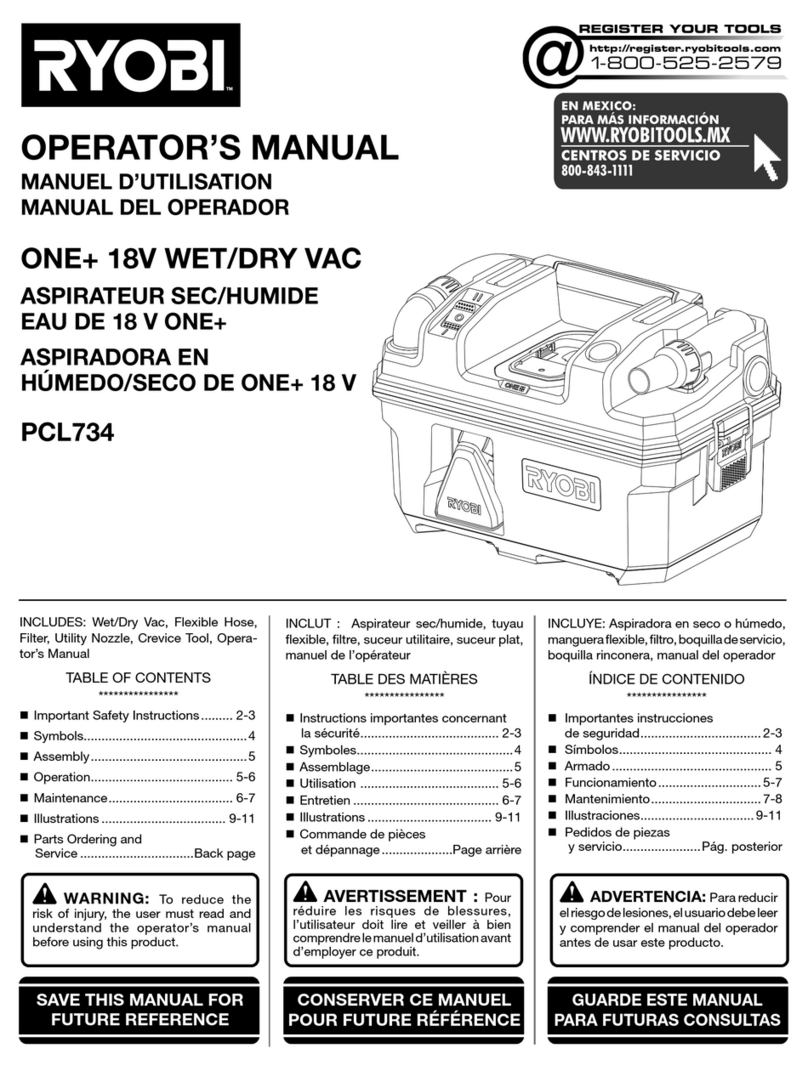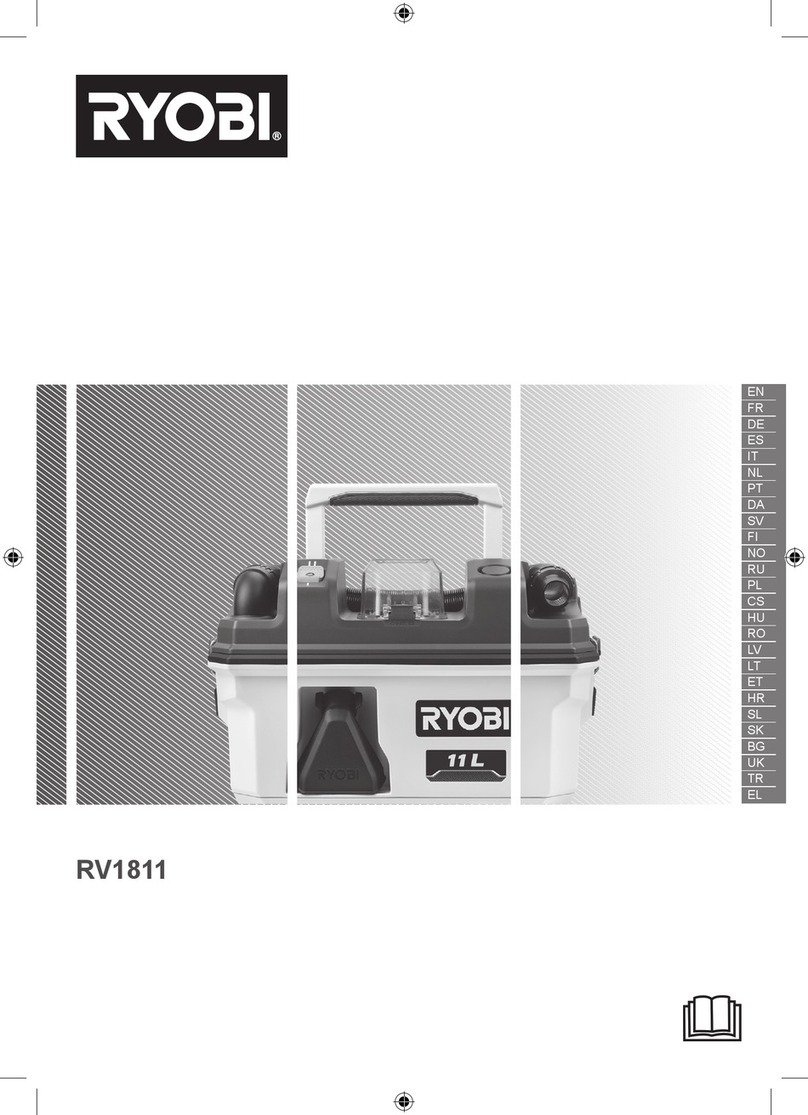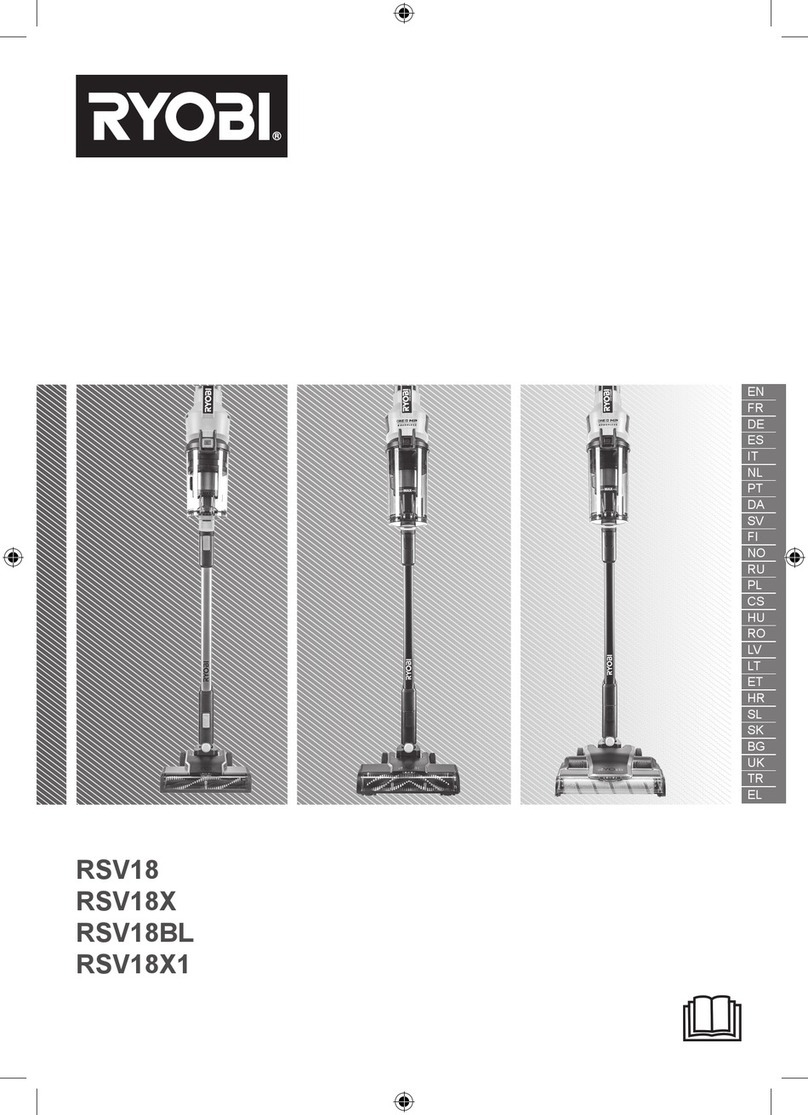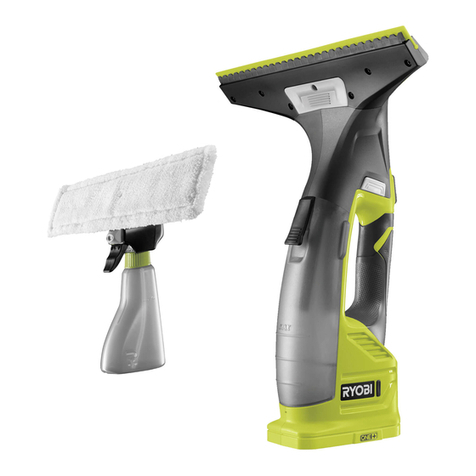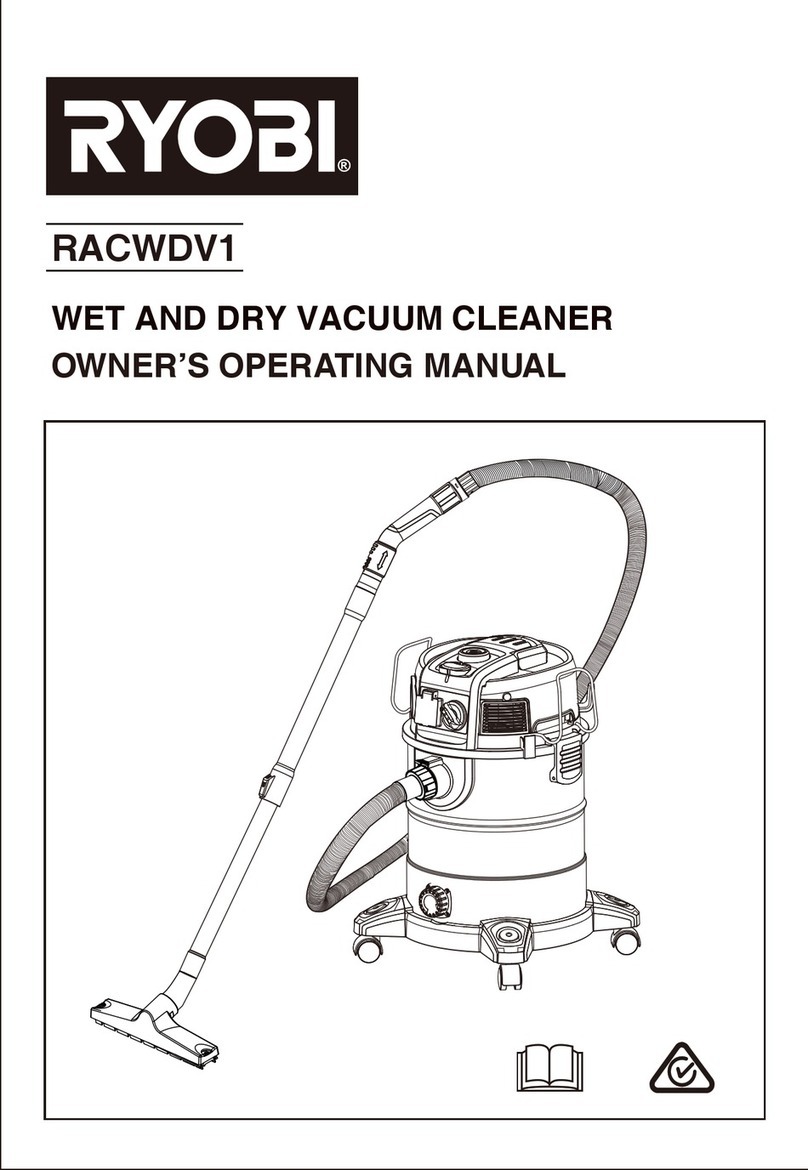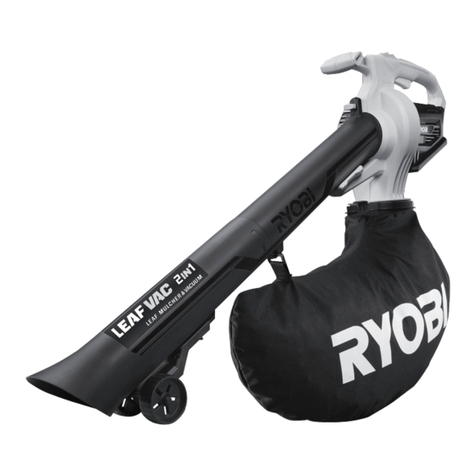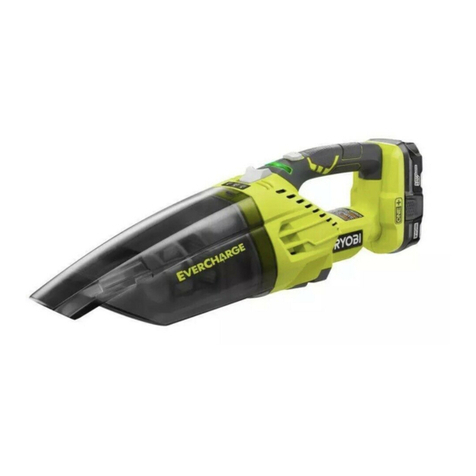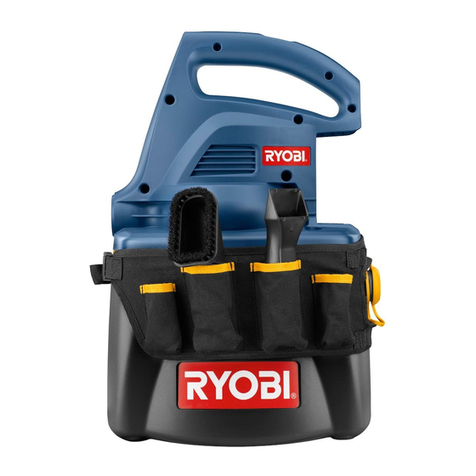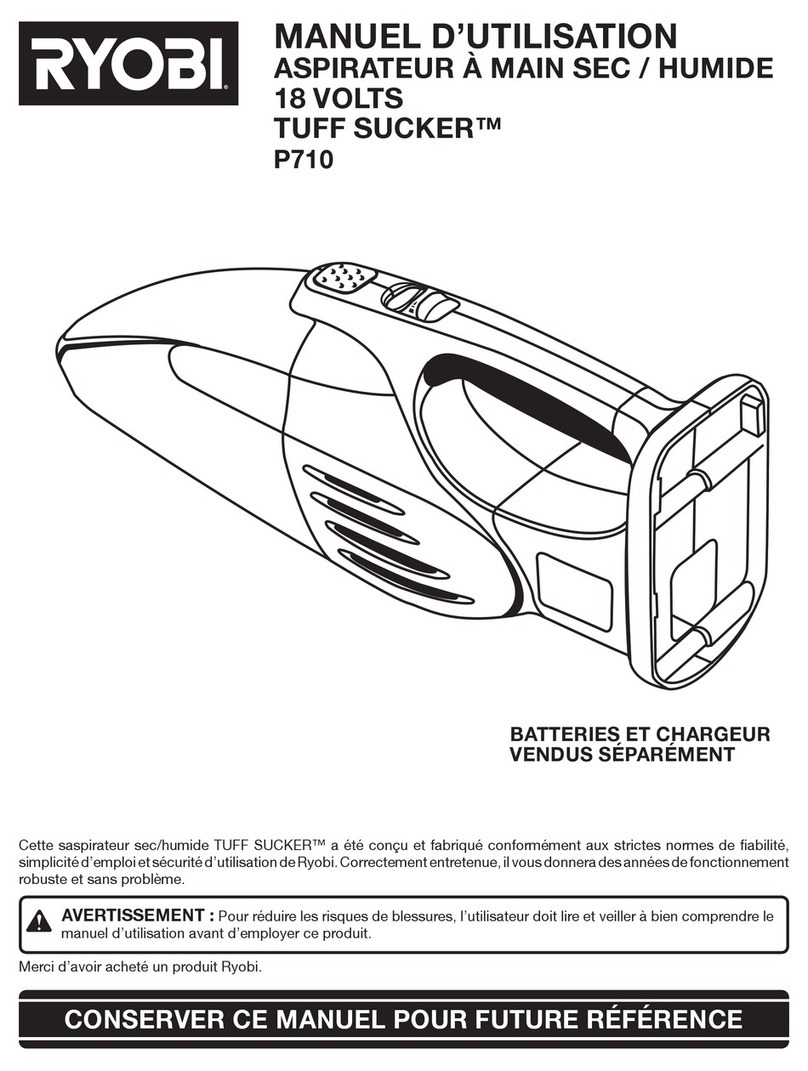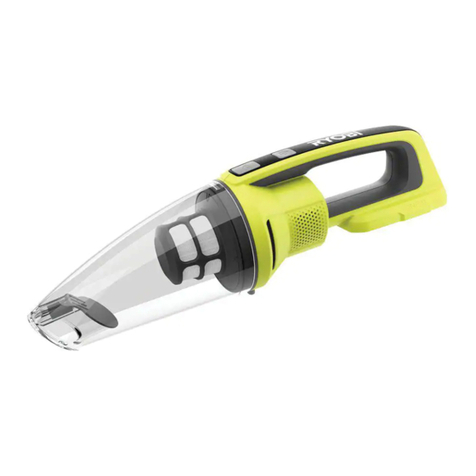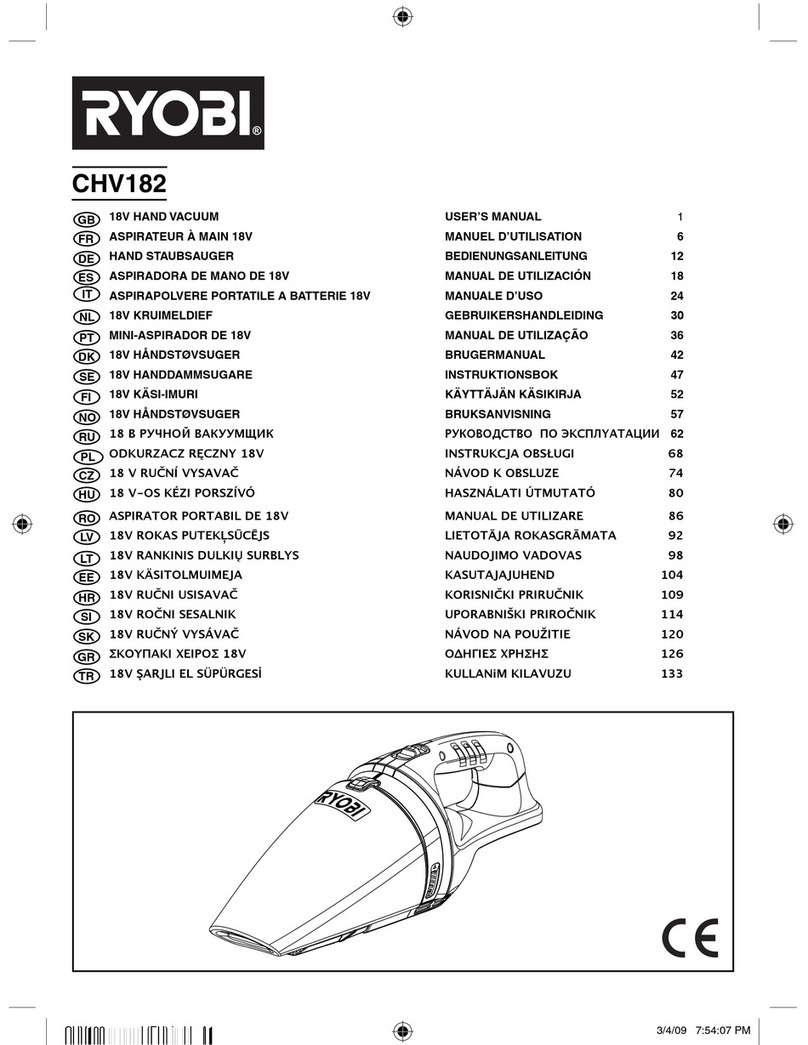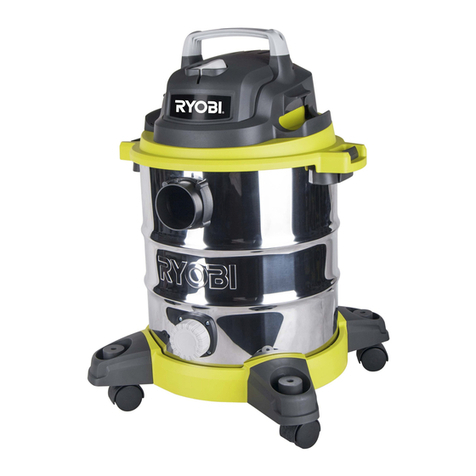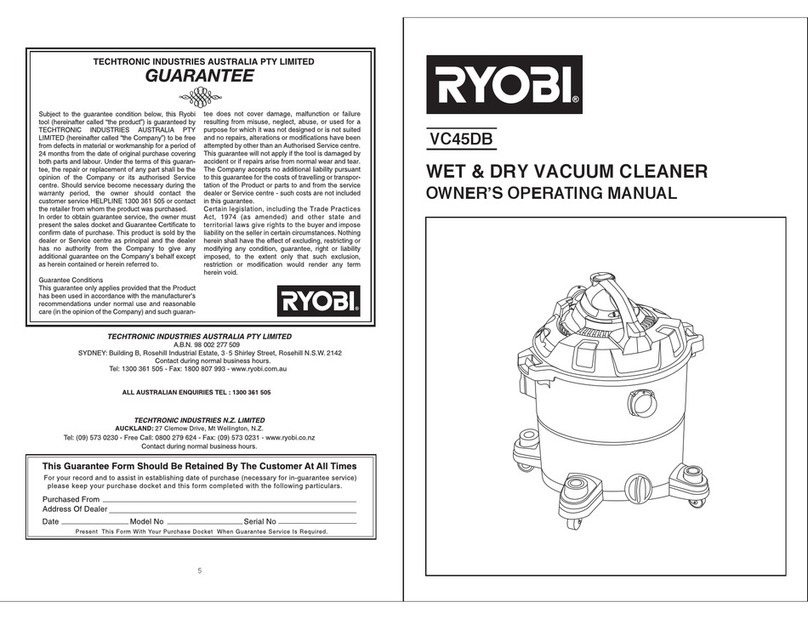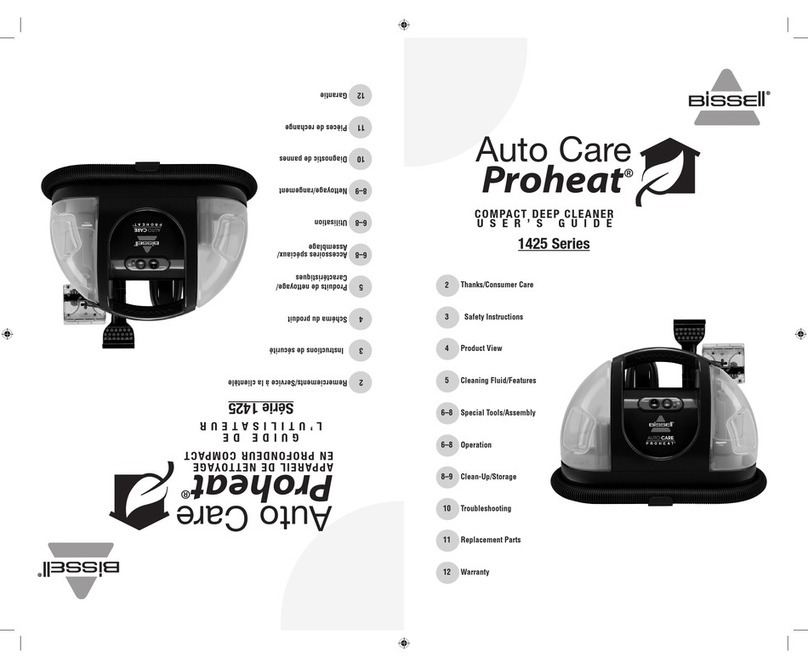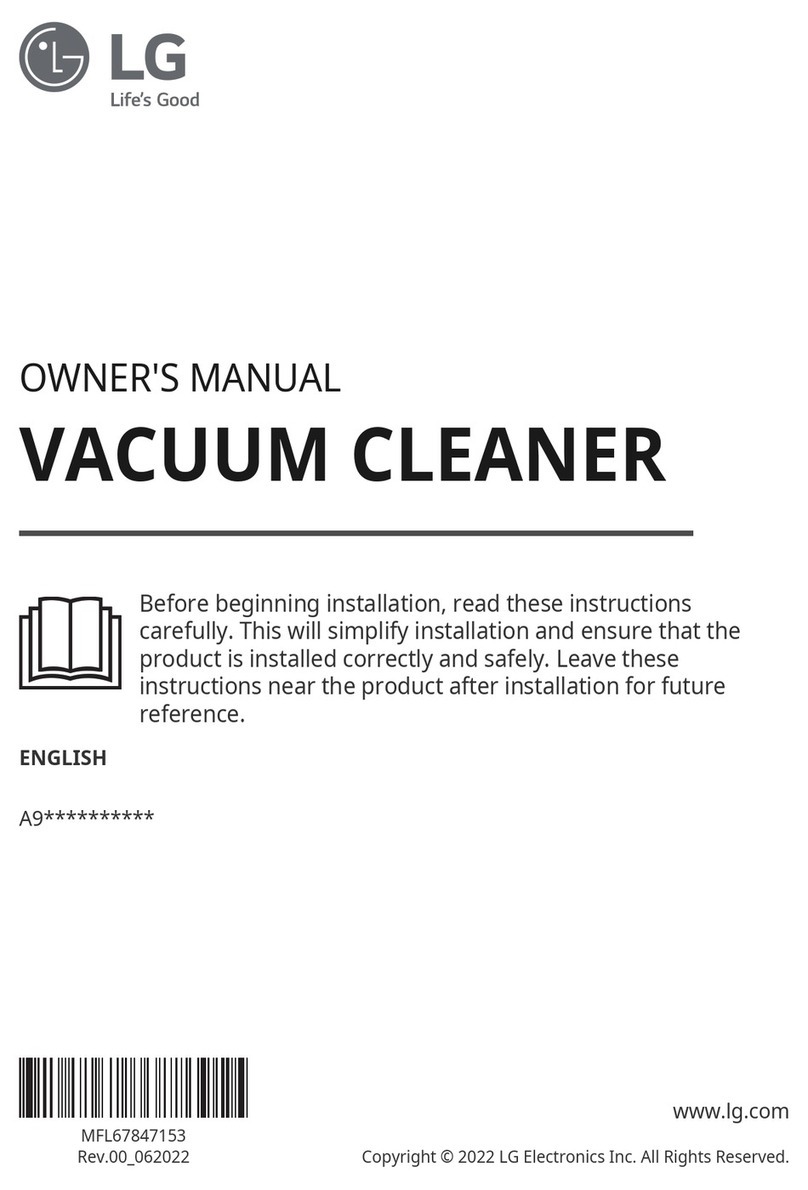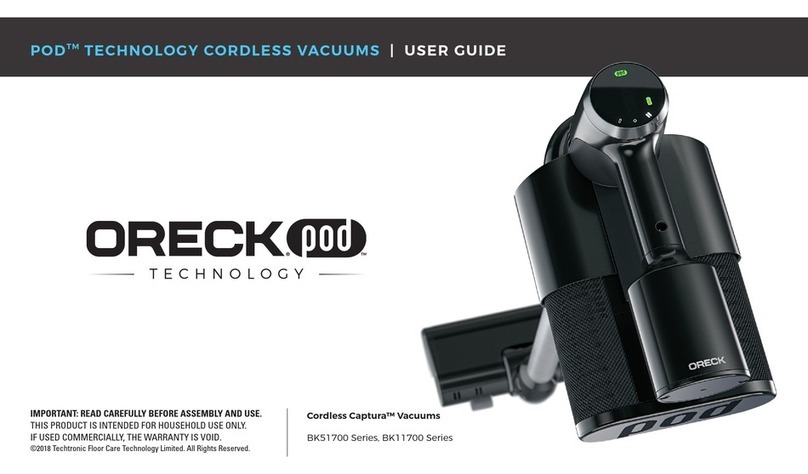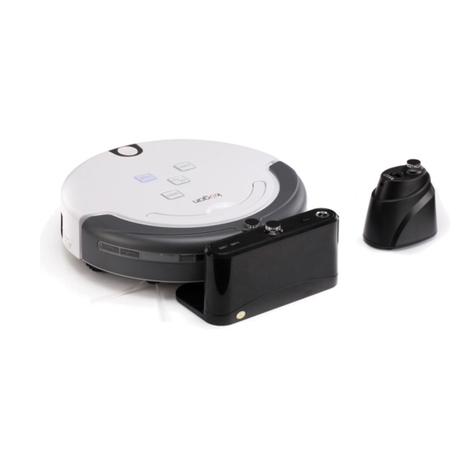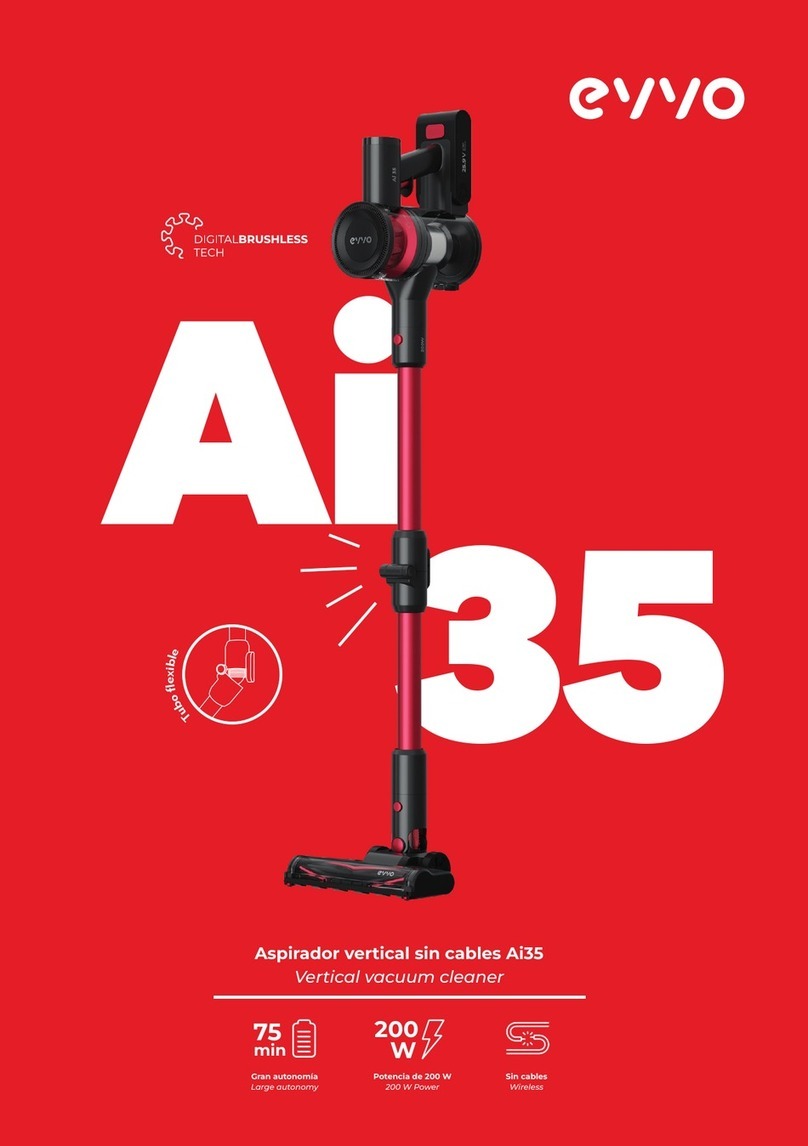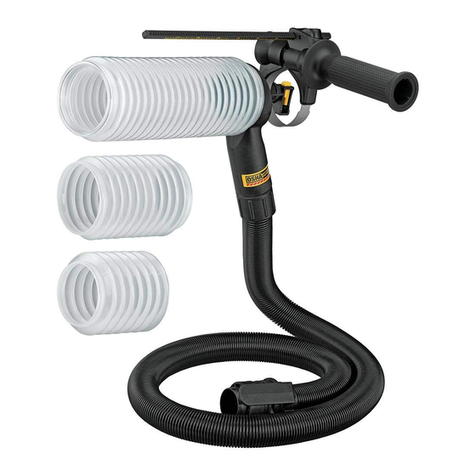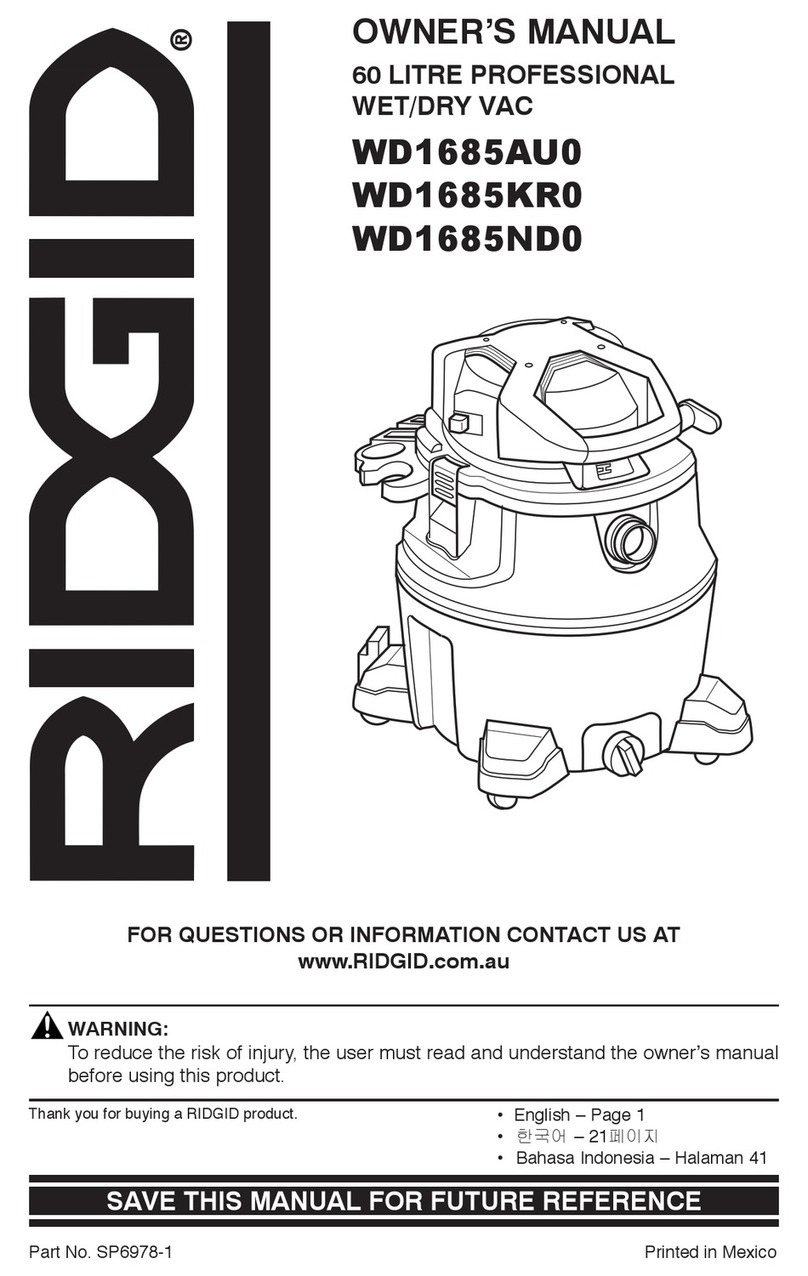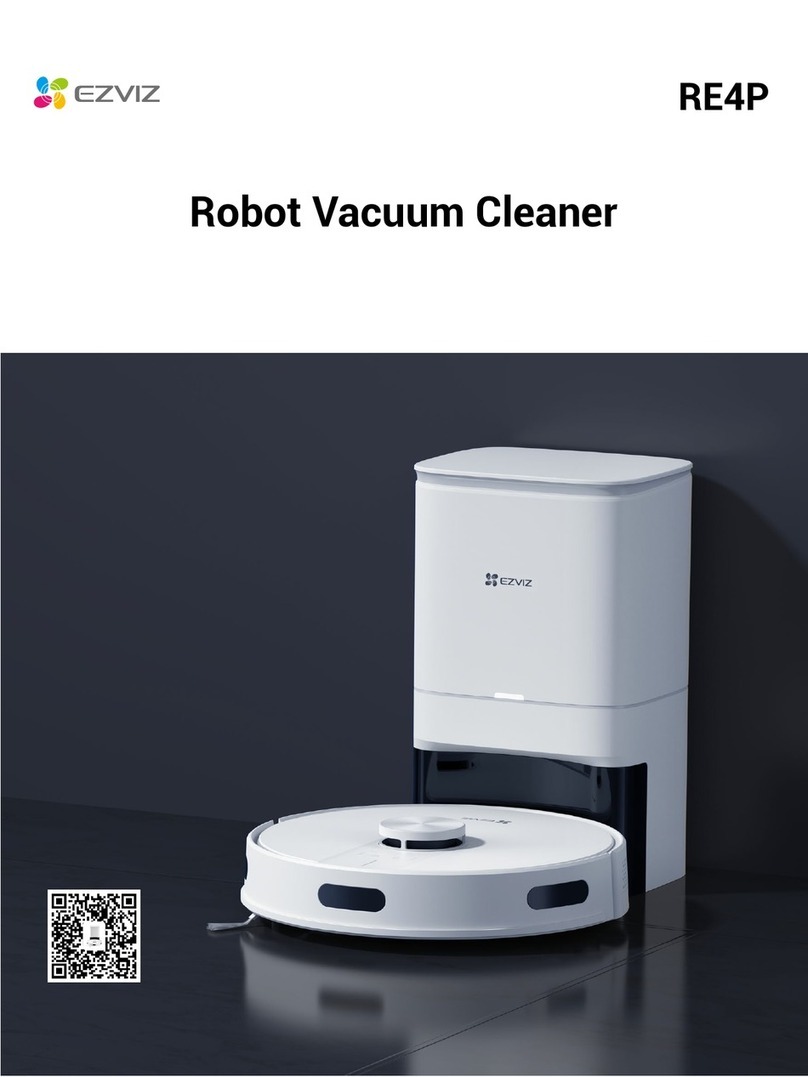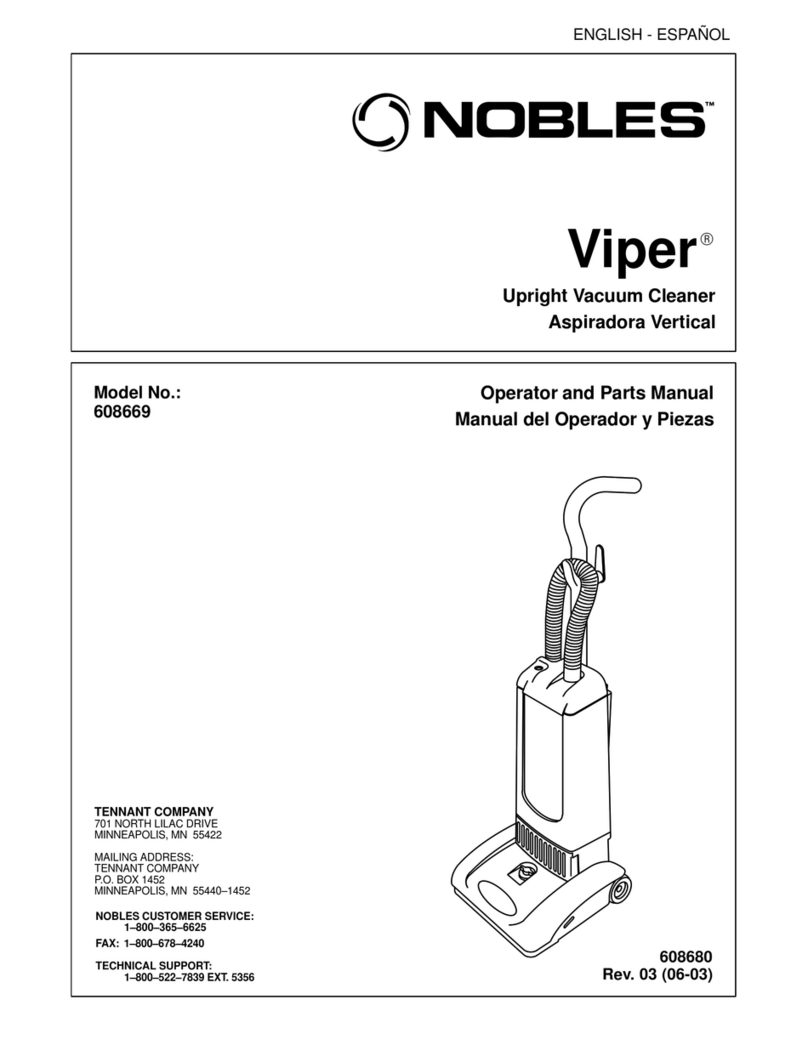
are caused by poorly maintained power tools.
f. Keep cutting tools sharp and clean. Properly
maintained cutting tools with sharp cutting edges
are less likely to bind and are easier to control.
g. Use the power tool, accessories and tool bits
etc., in accordance with these instructions and
in the manner intended for the particular type
of power tool, taking into account the working
conditions and the work to be performed. Use
of the power tool for operations different from
intended could result in a hazardous situation.
5. BATTERY TOOL USE AND CARE
a. Recharge only with the charger specified by
the manufacturer. A charger that is suitable for
one type of battery pack may create a risk of fire
when used with another battery pack.
b. Use power tools only with specifically desig-
nated battery packs. Use of any other battery
packs may create a risk of injury and fire.
c. When battery pack is not in use, keep it away
from other metal objects, like paper clips,
coins, keys, nails, screws or other small metal
objects, that can make a connection from one
terminal to another. Shorting the battery termi-
nals together may cause burns or a fire.
d. Under abusive conditions, liquid may be
ejected from the battery; avoid contact. If con-
tact accidentally occurs, flush with water. If
liquid contacts eyes, additionally seek medical
help. Liquid ejected from the battery may cause
irritation or burns.
6. SERVICE
a. Have your power tool serviced by a qualified
repair person using only identical replacement
parts. This will ensure that the safety of the power
tool is maintained.
SPECIAL SAFETY RULES
■Do not allow children to operate hand vacuum or
play with hand vacuum as a toy. Close attention is
necessary when used near children.
■This hand vacuum is intended for household use
ONLY.
■Use this hand vacuum ONLY for its intended use as
described in this manual. Use only the attachments
recommended in this manual.
■If hand vacuum is not working properly, has been
dropped, damaged, left outdoors or dropped into
water, return to your nearest service centre.
■Do not abuse cord. Never carry charger or base by
the cord or yank to disconnect from electrical outlet.
Grasp charger, not the cord and pull to unplug. Do
not allow cord to hang over edge of table or counter
or to touch hot surfaces.
■Do not handle charger or hand vacuum with wet
hands.
■Do not put any objects in ventilation openings. Do not
use with any opening blocked. Keep openings free of
dust, lint, hair and anything that may reduce air flow.
■NEVER vacuum materials such as hot coals,
cigarette butts, matches, etc.
■Do not use without dust bowl or filter in place.
■Turn off all controls before unplugging from or
plugging into an electrical outlet for charging.
■Use extra care when using on stairs.
■Do not use to pick up hard objects such as nails,
screws, coins etc. Damage or injury could result.
■Hand vacuum does not have to be plugged into an
electrical outlet, therefore it is always in operating
condition. Be aware of possible hazards when using
the hand vacuum or when changing accessories.
■Remove battery when the vacuum is not in use and
before servicing.
■Do not place hand vacuum or batteries near fire or
heat. They may explode.
■The hand vacuum should be charged in a location
where the temperature is more than 10°C but less
than 38°C.
■Under extreme usage or temperature conditions,
battery leakage may occur. If liquid comes in contact
with skin, wash at least 10 minutes then seek
immediate medical attention.
■Batteries vent hydrogen gas and can explode in the
presence of a source of ignition, such as a pilot light.
To reduce the risk of serious personal in jury, never
use any cordless product in the presence of an open
flame. An exploded battery can propel debris and
chemicals. If exposed, flush with water immediately.
■Know your power tool. Read operator’s manual
carefully. Learn its applications and limitations, as
well as the specific potential hazards related to this
tool. Following this rule will reduce the risk of electric
shock, fire or serious injury.
■To reduce the risk of electric shock, use the vacuum
indoors only.
Always wear safety glasses. Everyday eyeglasses
have only impact-resistant lenses; they are NOT
safety glasses. Following this rule will reduce the risk
of serious personal injury.
■Protect your lungs. Wear a face or dust mask if the
operation is dusty. Following this rule will reduce the
risk of serious personal injury.
■Electric shock could occur if charged outdoors or on
wet surfaces.
■Check damaged parts. Before further use of the
tool, a guard or other part that is damaged should
be carefully checked to determine that it will operate
2
